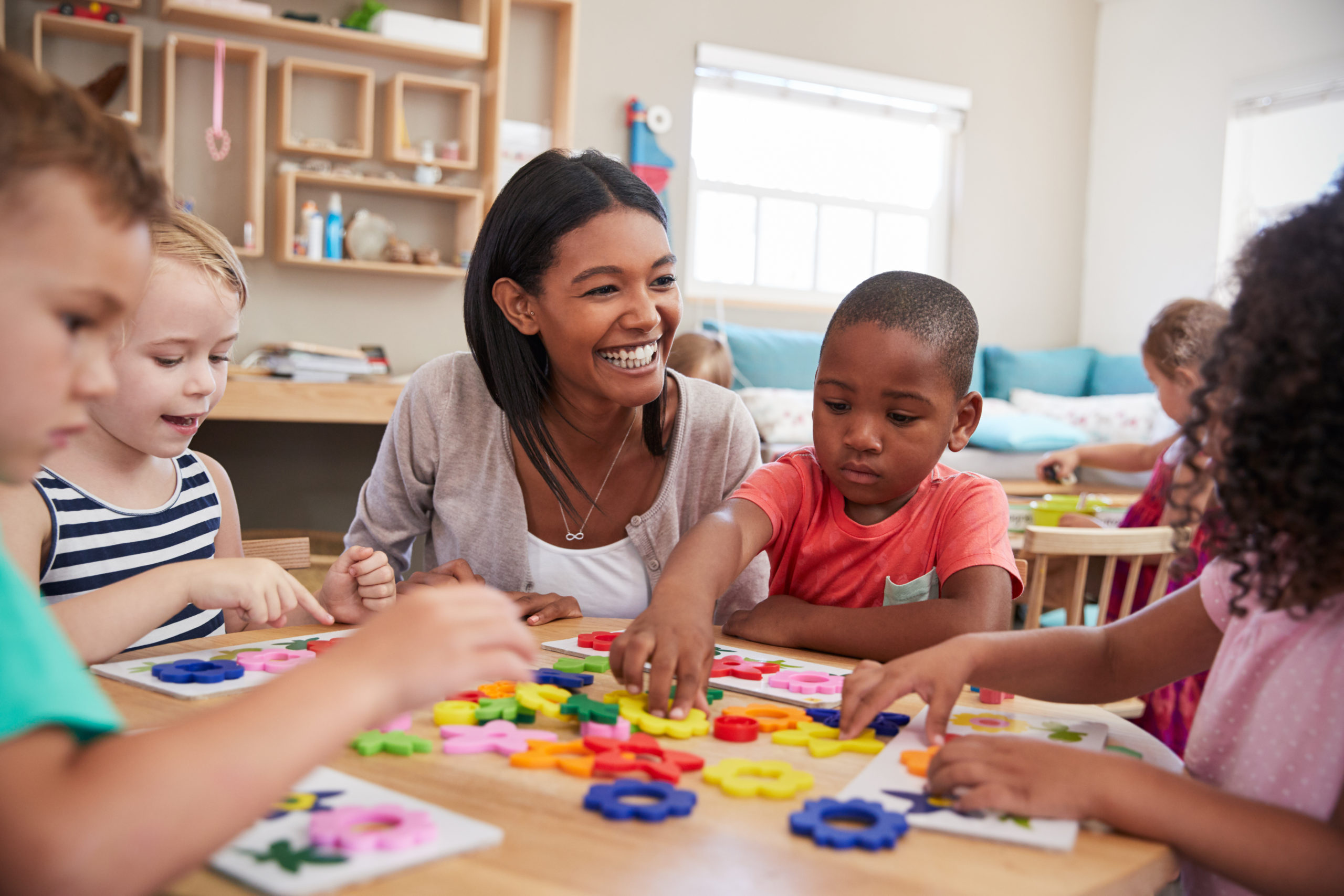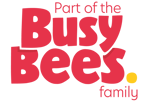
American Sign Language (ASL) Program
American Sign Language (ASL) Program
American Sign Language is FUN, and children feel they are being included in their own learning process.
You can reinforce the sign language by using them at home. Once your child has turned one year old, additional signs will be introduced weekly, which coincide with the curriculum.
Why ASL
ASL is now classified as a world language, the same as Spanish, French or any other foreign language. Therefore, if a child speaks sign language the child is considered bilingual.
When children are taught English and ASL together, they are processing language using both sides of the brain. This gives the children two places to recall language from instead of just one.
Research has found that the use of signs and finger spelling will accommodate a wide range of learning styles: “verbal linguistic,” kinesthetic” and “interpersonal.” Using ASL is the representation of information through seeing, hearing and movement, and the more pathways created in the brain, the stronger the memory.
Facts of ASL
- Babies as young as six to seven months old can remember a sign.
- By eight months old children can begin to sign single words and imitate gestures.
- By twenty-four months old children can sign compound words and full sentences.
- Children who learn sign language speak sooner and have a larger vocabulary.
- Research indicates signing two-year-olds know, on average, 50 verbal words more than their non-signing peers, and by the age of three, their language skills were a year ahead of where they were expected to be.
Benefits of ASL
- Hastens speech development
- Enables children to communicate effectively
- Lowers frustration levels
- Improves child-parent bonding
- Reinforces the learning of educational concepts such as ABC’s, animals and other specific themes
- Helps children remember words because there is muscle memory involved, and the more senses involved in learning, the greater memory retention the child will have
- Improves attentiveness to social gestures of others as well as of themselves
- Children who know ASL score 17% higher on standardized tests administered in the younger school years than children who do not know sign language.



